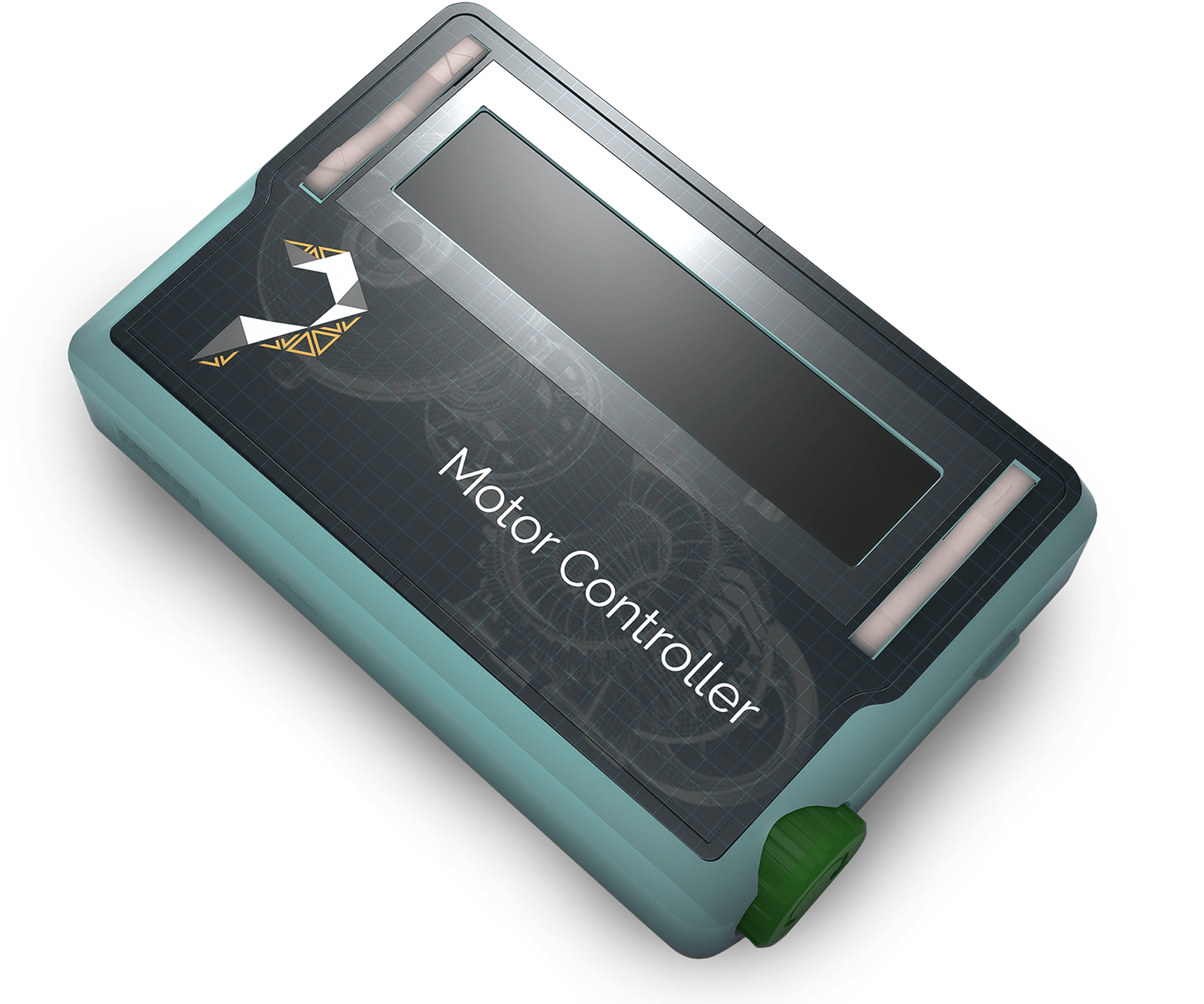This simple Swinging Rod with a variable point of suspension allows one to investigate moment of inertia and the parallel axis theorem: a really simple, elegant and insightful mechanism to explain how the time period of an oscillator changes with moment of inertia about an axis. Use it to investigate nonlinear relationships and for connecting maths to physics.
Learn more View Brochure








